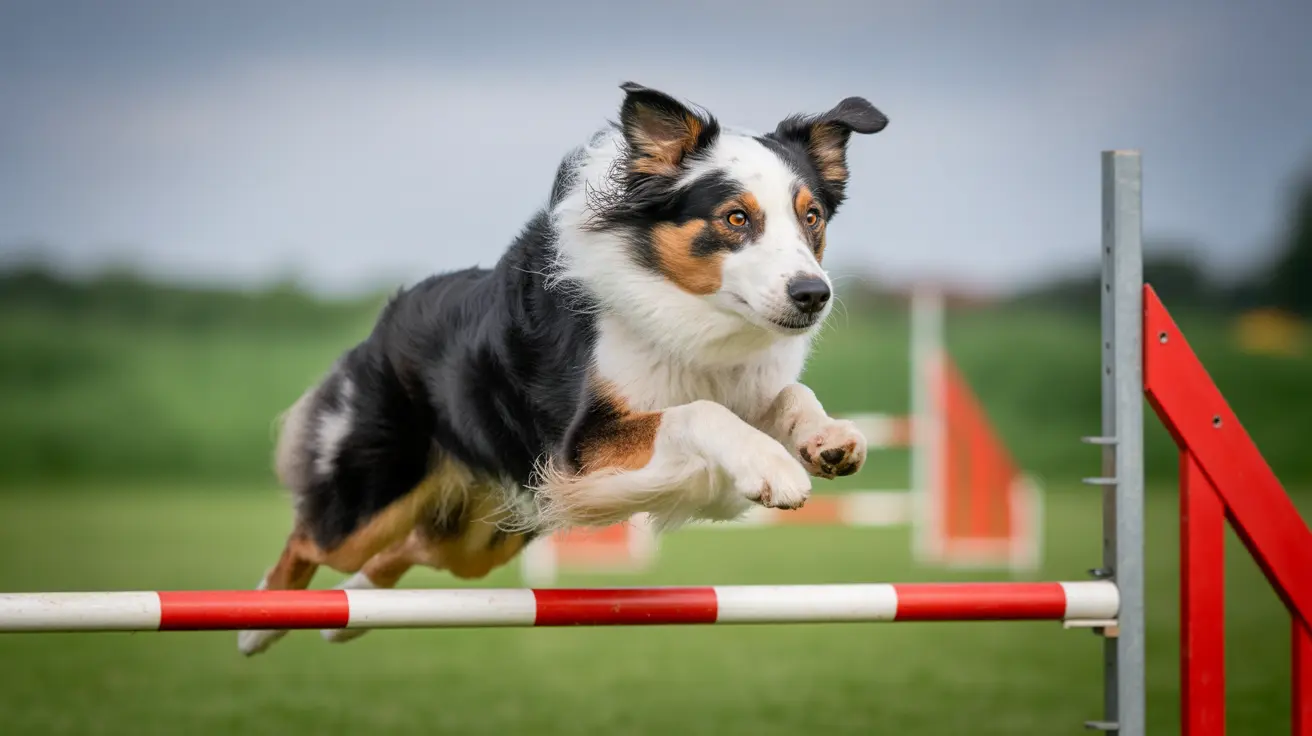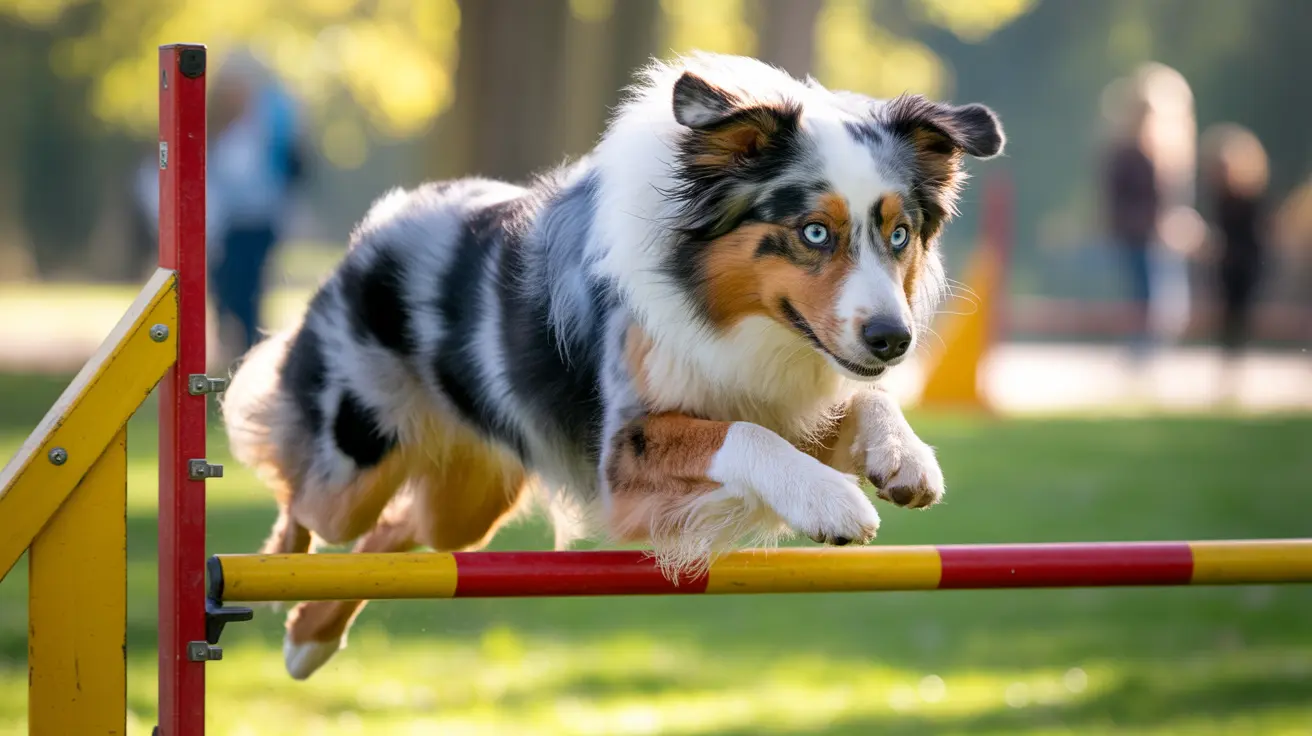What are the negatives of an invisible fence?
Invisible fences can cause discomfort, lead to behavioral issues like anxiety or aggression, and do not prevent others from entering the yard or system failures.
Understanding the Downsides of Invisible Fences for Dogs
Invisible fences, also known as electric or hidden fences, offer a modern alternative to traditional physical barriers for pet containment. Though they present several benefits, it is equally important for pet owners to understand their limitations and potential risks before choosing this system.
1. Physical Discomfort and Health Risks
- Static correction—used to deter the dog from crossing the boundary—can cause physical discomfort. In some cases, it may lead to skin irritation, fur loss, and even open wounds or infections from collar prongs.
- Collar malfunctions or prolonged exposure may result in repeated unintentional shocks to the animal.
2. Psychological and Behavioral Side Effects
- Dogs may develop a fear of their own yard due to aversive associations with the warning beep or shocks.
- Anxiety and aggression can manifest, especially if dogs link the correction with passing people, animals, or other stimuli.
- Some dogs, especially anxious or highly sensitive breeds, may not adapt well even with proper training.
3. Ineffective Against External Threats
- Invisible fences only deter your dog from leaving—they do not prevent wildlife, stray animals, or people from entering your property.
- This leaves dogs vulnerable to attacks or theft.
4. Motivation Can Override Conditioning
- High-prey drive dogs may ignore the correction in pursuit of an enticing outdoor distraction.
- Once outside, they might not return due to fear of additional corrections at the boundary line.
5. Equipment Can Fail
- Invisible fences are not fail-proof. Power outages, wire breaks, and dead batteries can compromise the system.
- Regular and thorough maintenance and testing are essential to ensure system efficacy.
6. Not Suitable for All Dogs
- Puppies, unhealthy dogs, and those with emotional or neurological sensitivities may be adversely affected.
- Veterinary consultation is recommended before starting training with an invisible fence.
7. May Encourage Undesired Behavior
- Dogs that can observe activity outside the boundary line might develop territorial reactivity, leading to barking or lunging.
- Invisible fences do not address these behaviors and may worsen them in some circumstances.
8. Requires Extensive Training and Oversight
- Training is crucial to proper system use. Improper or inconsistent training sessions can render the fence ineffective.
- Initial training involves using visual boundary flags and teaching the dog to recognize and avoid the limits.
- This process demands supervision, consistency, and time commitment from the owner.
9. Dependence on Human Maintenance
- System functionality depends on the timely replacement of collar batteries, checking for wire integrity, and ensuring no signal interference.
10. Doesn't Replace Physical Supervision or Fencing
- Some owners may use invisible fences in combination with physical barriers, especially for dogs prone to escaping over or under fences.
- Even in such cases, ongoing training and supervision are necessary for safety.
Exploring Alternatives
- Consider physical fencing for a clearer, non-aversive boundary.
- Leash walking and long lines offer supervised exploration without risk of escaping or shocks.
- For rental properties or restrictive local codes, temporary or modular fencing may offer a practical compromise.
Conclusion: Weighing the Risks and Benefits
Invisible fences can serve as an effective and aesthetically pleasing solution in some cases, but they are not without drawbacks. From physical and emotional risks to reliability concerns, invisible fences require thoughtful implementation. Careful assessment of your dog's temperament, lifestyle, and environment—along with professional guidance—can help determine if this type of containment system is appropriate for your pet’s safety and quality of life.





